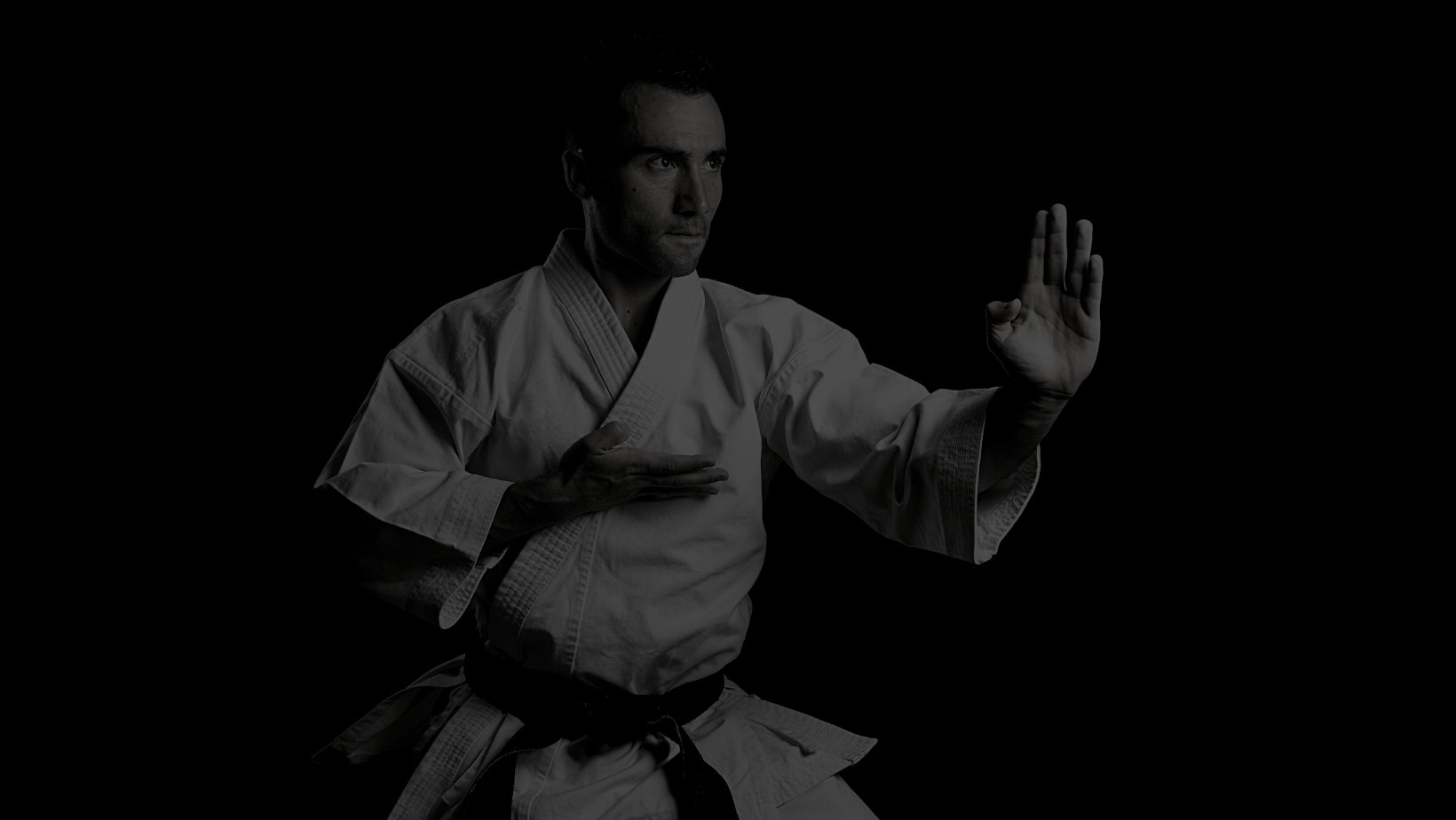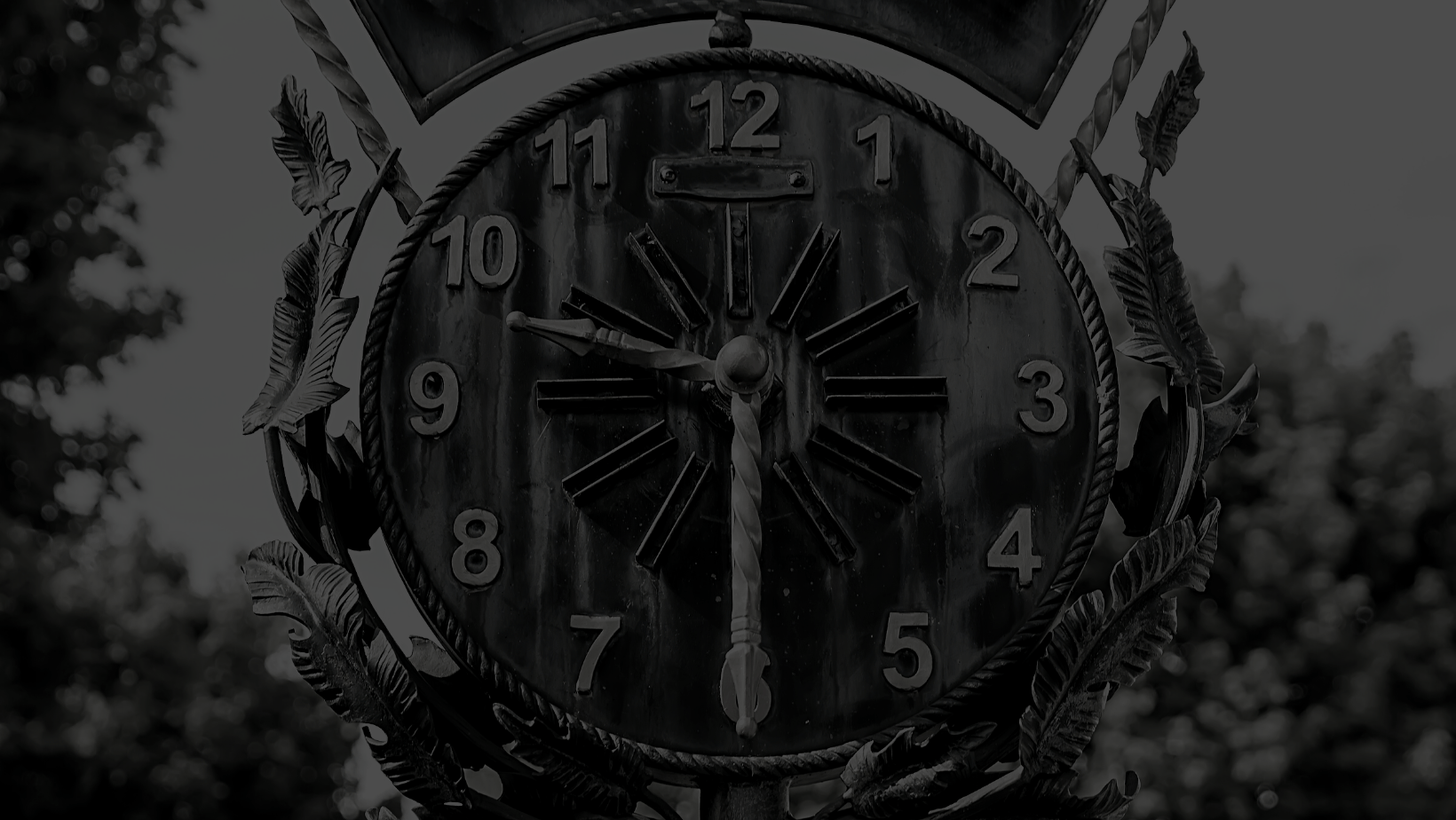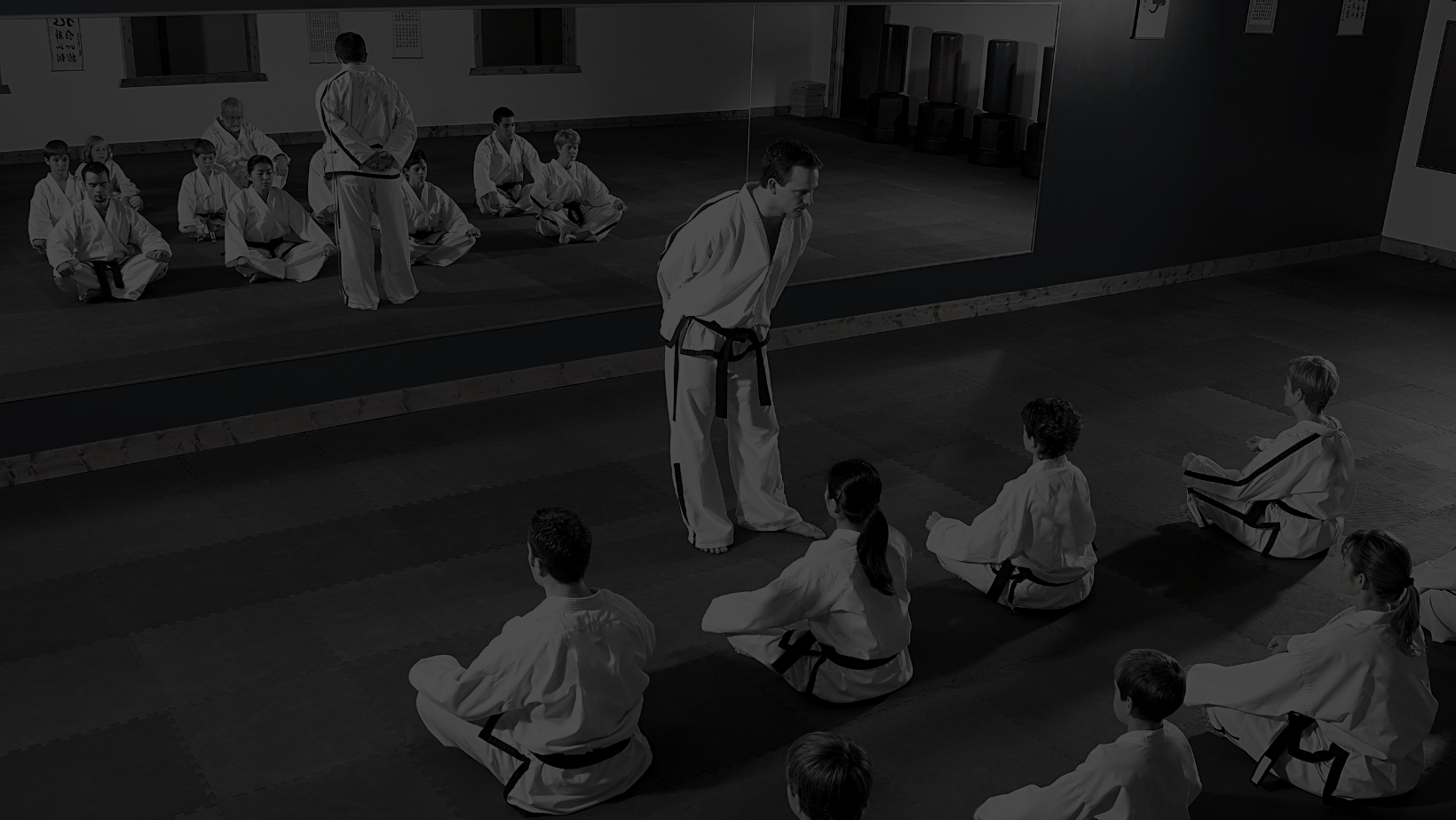Gunshū Dasshutsu (群集脱出) Escaping crowds, mobs, rabbles and riots.
Goshinjutsu 護身術 Series
Self-Protection | Methods for Protecting the Body
#budotraining #goshinjutsu #selfprotecton #selfdefence #jujutsu
Crowd Crushes
The main cause of death in a crowd crush is asphyxiation, with other common injuries also being broken necks or ribs, rather than injuries sustained through trampling effects.
Before the event – use your situational awareness strategies: Identify exits, and most likely direction of an escaping crowd. Understand crowd and herd psychology and be alert for the indicators. Trust your instincts and start to move before the point at which congestion starts to reach concerning levels.
Crowds with less than four people per square metre are usually low risk as there is sufficient individual room to enable effective decisions and space adjustments. Crowds of a density of 6 people per square metre or more tend to act as a single unit and adopt a form of movement which mirrors the movement of water – the whole crowd starts to move in a fluid manner until it meets resistance, which then creates a series of pressure waves as the collective group is backed up before trying to go again.
Strategy
- Stay upright, keeping low centre of gravity, as top priority.
- Assess – depending on the nature of the threat it may be safer if possible to find a safe place to gain some time, settle breathing and plan forward.
- Avoid the initial tidal waves hitting small exits and bottle necks if possible.
- Don’t fight against the crowd unless there is no other option (i.e. if a wall or barrier crush is likely, see 5 below). Instead, go with the flow of the crowd, moving out diagonally to reach the perimeter.
- If you must go against the crowd tide, use “Gunshū Suiei” 群集水泳 (Crowd Swimming) techniques and move diagonally, in a positive manner, passing people on the natural passing side of the country in question. Humans are conditioned, even in an emergency situation, to follow their habits. For example, in Japan you would seek to pass to the right side.
- Use a close universal guard drawn to the chest, with chin tucked, to ensure a minimum constant gap is maintained together with a natural breathing bubble created.
- Focus on breathing, using even breaths, as far as possible. In an acute crush, conserve breath by not speaking or shouting, unless it is to direct someone with you. Controlled breathing also helps keep you relaxed and avoids the risk of heightened anxiety.
- As long as you are not moving to a threat area, aim for higher ground (climb obstacles, upper seating areas in stadiums etc).
- Once in clear or safe space – put as much distance between you and the crowd as possible.
Riots & Mobs
Additional techniques for crowds in riot or mob situations. Adopt similar strategies as for general crowd navigation but, in addition:
- Find and use the perimeter. In a riot or mob situation, pressure in the centre will be strengthened by aggressors headed or drawn to it. This means that the perimeter is less likely to have the attendant crush issues associated with surges.
- Constantly assess – especially the emotional and aggression levels of the crowd (and any security forces). Watch for signs of violence in a developing situation and retreat from it at the earliest opportunity.
- If confronted by police and/or security services, make it clear that you are not carrying a weapon or projectile by showing hands in a non-threatening manner. Adopting a loose useful guard is appropriate for this.
- Once you have removed yourself and anyone you are responsible for from the immediate risk area, gain as much distance from the emerging unrest as possible as quickly as possible.
- Adopting the same principles as escaping from a crush or surge, take consciously lower posture in the event that gas, rubber bullets or other dispersal methods are being deployed, and know how to deal with such irritants should you come into contact with them.
Myths about Crowd Protection strategies
Some of the common guidance issued by the popular media (usually after an incident involved a death or deaths resulting from a crowd crush is reported) are to be avoided. In particular, the following should NOT be considered best practice:
- Crossing/Wrapping arms around the body. This does not create space, or an air pocket, and can actually increase the risk of you crushing yourself. It also does not provide any protection for your sides (Butsumetsu 仏滅)exposing them to risk of contact injury.
- Take lots of short, shallow breaths. This not only has the effect of allowing less oxygen, less processing time in the body, it also increases pulse rate, adrenaline and potentially state of panic to the extent that the body’s “fight, flight, freeze” response is triggered.
- Treating crowd crush situations and stampedes as the same. Stampedes are rare and it is highly unlikely to encounter a situation where there is universal “crowd craze” or hysteria. Most people when fleeing from danger remain alert enough to consider others around them and, with enough space, trampling or climbing over another person will be naturally avoided.
Strategies when with others (including children)
Give clear instructions to those with you, especially children, using hand and eye signals as appropriate, dictating where you are aiming to get to. Do not assume that they will intuitively know if you change your mind and keep communication active until in a safe area. Where possible, ask children to mirror your actions and, where moving through a crowd encourage them to follow in your wake, slightly to the side if possible so as to remain in peripheral vision. Children should hold onto a belt or clothes sufficiently tightly that you would feel any release and be able to respond accordingly. Keep in mind that once you have created a space, the natural movement of a crowd is to immediately close back into the gap you have left and if children are below adult vision height they may not be seen. One of the confusing things about Budo is the perceived connection with non-secular influences, especially, when considering those aspects that are prone to be labelled as “esoteric”. Positive affirmations are a great example of something which many modern Budo practitioners stray away from due to what they consider to be religious origins or connotations. If that is you, then read on as you are missing out.












